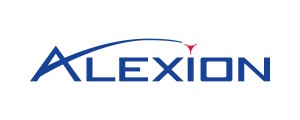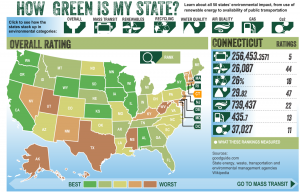High School Ambulance Corps Gains Prominent Supporter, Urges CPR Training
/
Local resident Scott Pelley is prominently featured in efforts to alert Darien neighbors of an upcoming opportunity to learn how to save a life. Pelley, widely known as the anchor of the CBS Evening News and a lead correspondent on 60 Minutes, has recorded a video in support of Darien Emergency Medical Services Post 53, which is presenting Hands for Life, a day of training in hands-only CPR, open to local residents on September 29.
In the video that appears on the Post 53 website, Pelley notes that the local ambulance service, founded in Darien in 1970, is “possibly the only one in the country” staffed predominantly by high school students. Post 53 and the Darien YMCA are coordinating the training day.
high school students. Post 53 and the Darien YMCA are coordinating the training day.
Each year approximately 20 high school students, at least 14 years of age, are selected to be members of Post 53 from a large pool of applicants. Over the course of their four-year career at Post 53, members progress through five roles: Candidate, Radio Roomie, Rider, State-Certified EMT, and then Driver, usually by their senior year, according to the organization’s website.
a large pool of applicants. Over the course of their four-year career at Post 53, members progress through five roles: Candidate, Radio Roomie, Rider, State-Certified EMT, and then Driver, usually by their senior year, according to the organization’s website.
The mission of Post 53 is to provide emergency medical services to the Darien community at the highest level of excellence, using Darien High School students and adult volunteers. The members of Post 53 are committed to achieving and maintaining the highest level of training and skill in providing pre-hospital care and transport to the citizens of Darien.
The young adu lts staff the ambulance on a 24-hour/day, 7-day/week basis, except during regular school hours (7:30 AM - 2:30 PM, Monday-Friday during the school year). During those times, the adult advisors staff the first response ambulance and are the primary support unit for Darien. In the event that two calls occur which overlap during the school day, the second response young adult crew is paged out. Darien High School supports the commitment of the Post 53 young adults and there is a mutual obligation to support the emergency medical needs of Darien while minimizing the impact on the school work of the young adults.
lts staff the ambulance on a 24-hour/day, 7-day/week basis, except during regular school hours (7:30 AM - 2:30 PM, Monday-Friday during the school year). During those times, the adult advisors staff the first response ambulance and are the primary support unit for Darien. In the event that two calls occur which overlap during the school day, the second response young adult crew is paged out. Darien High School supports the commitment of the Post 53 young adults and there is a mutual obligation to support the emergency medical needs of Darien while minimizing the impact on the school work of the young adults.
Post 53 is considered one of the finest emergency ambulance services in the United States for its consistently high quality pre-hospital emergency care, acc ording to the website. In total, over 550 Darien High School students have served their community as members of Post 53 since its inception four decades ago. Darien EMS-Post 53 does not rely on any government funding for the annual operating budget.
ording to the website. In total, over 550 Darien High School students have served their community as members of Post 53 since its inception four decades ago. Darien EMS-Post 53 does not rely on any government funding for the annual operating budget.
Each year, nearly 785,000 Americans suffer from a heart attack. Nearly 300,000 of these people suffer sudden cardiac arrest at the time of their heart attack, outside of a hospital setting. Less than one in four receive CPR from a bystander, and only about 5 percent of cardiac arrest victims survive, the Post 53 website points out.
Studies show that survival rates fall 10 percent each minute without CPR before emergency medical assistance, often with a fatal outcome. The Post 53 website points out that if more people knew how to provide effective, simple-to-apply Hands-Only CPR, more victims could be helped, doubling or even tripling their chances of survival.
The September 29 day of CPR training for members of the community is free of charge and open to people of all ages. It is being held, 10AM – 4PM, at the YMCA in Darien. No appointment is necessary.



















































